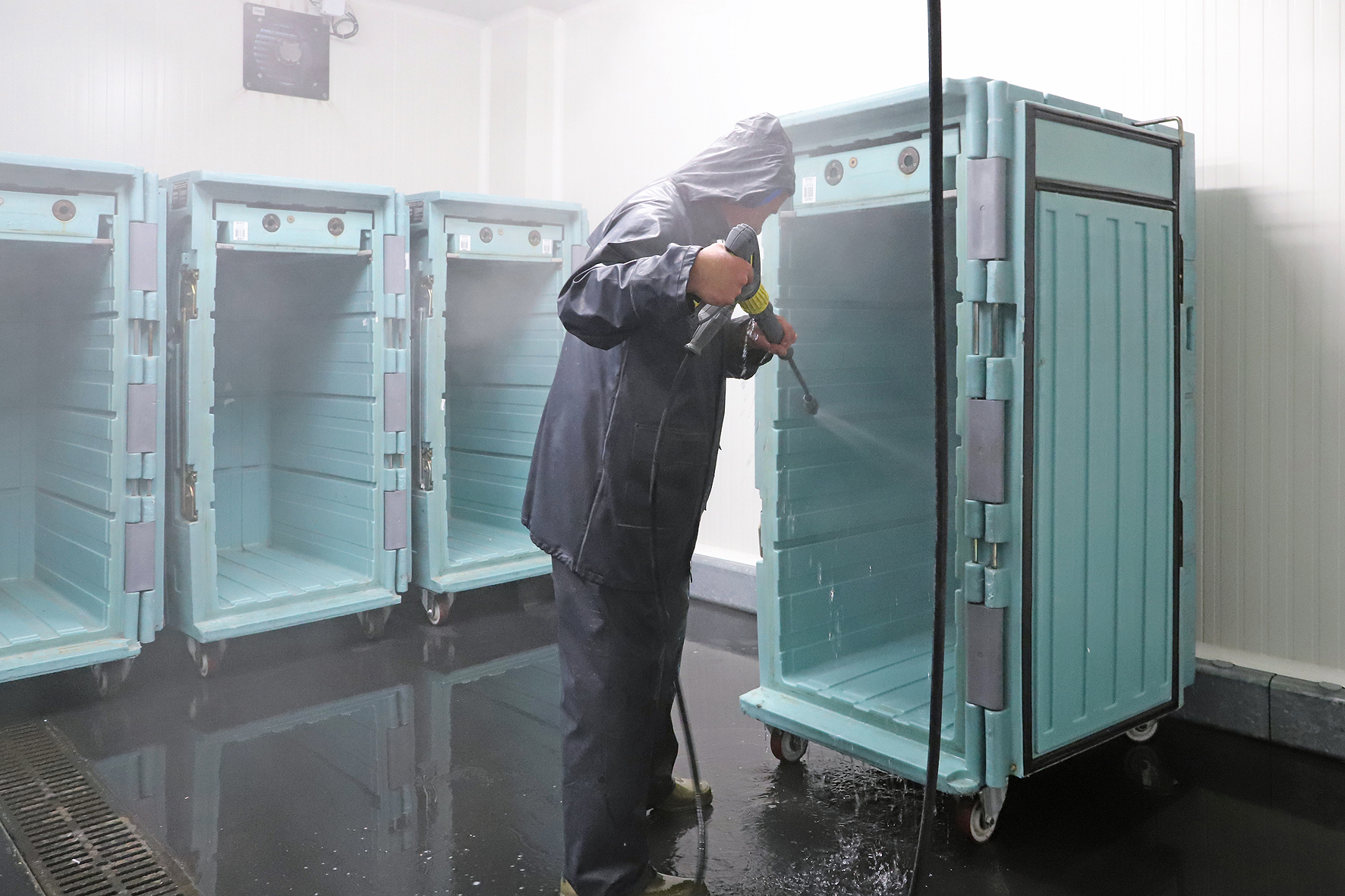Implementing Hazard Analysis Critical Control Point (HACCP) principles is crucial for ensuring food safety, particularly in the distribution of perishable goods requiring temperature control. HACCP focuses on identifying, evaluating, and controlling significant hazards to food safety.
1. Establish Clear HACCP Protocols
To effectively monitor temperatures, it’s essential to develop detailed protocols for temperature measurement. These protocols should:
- Identify Risk Zones: Determine critical points within refrigerated areas (such as refrigerators, cold storage rooms, and freezers) that require regular monitoring.
- Define Storage Conditions: Specify optimal temperatures for each type of stored food, considering their specific characteristics.
- Outline Measurement Methods: Detail the correct procedures for taking temperature readings, using calibrated and appropriate instruments.
- Set Monitoring Frequency: Establish how often checks should occur to ensure continuous and effective surveillance.
Implementing these protocols ensures compliance with HACCP requirements and minimizes human error.
2. Corrective plan actions
In the event of a temperature deviation, having predefined corrective measures is vital. Documenting these actions thoroughly addresses various scenarios:
- If the cold chain is broken: define steps to assess the safety of affected products and decide on their disposition (e.g., rejection, refreezing).
- If there’s doubt about a temperature reading: establish procedures to verify measurement accuracy and recalibrate instruments if necessary.
- If refrigeration equipment fails: plan immediate actions to maintain food temperatures, such as transferring items to functional units or using insulated containers.
These protocols should be easily accessible and regularly updated to ensure effectiveness when needed.
3. Utilize insulated containers in HACCP protocols
Insulated containers are vital for maintaining the cold chain during the transport and distribution of perishable goods. Compliant with HACCP standards, these containers:
- Simultaneously transport goods at different temperatures from the first to the last mile without breaking the cold chain.
- Facilitate transport and handling: lightweight and equipped with ergonomic handles, they are designed for easy handling, reducing the risk of cross-contamination.
- Ensure hygiene: easy to clean and resistant to detergents, these containers meet the stringent hygiene requirements of HACCP protocols.
Integrating these containers into the temperature-controlled distribution process helps maintain product quality and safety while adhering to HACCP standards.
Strict adherence to HACCP principles is essential for ensuring the safety of perishable goods in large-scale distribution. Establishing clear protocols, defining appropriate corrective actions, and utilizing insulated containers compliant with HACCP standards are key components in maintaining the cold chain and ensuring the quality of distributed products.
Our news in cold logistics
View the blog
-
Understanding and maximizing the use of eutectic plates in the supply chain
9 January 2025
by Edina GÁLFI
-
What is the ATP Regulation?
15 December 2024
by Edina GÁLFI
-
Why renew the ATP certification for small containers ?
9 October 2024
by Edina GÁLFI



